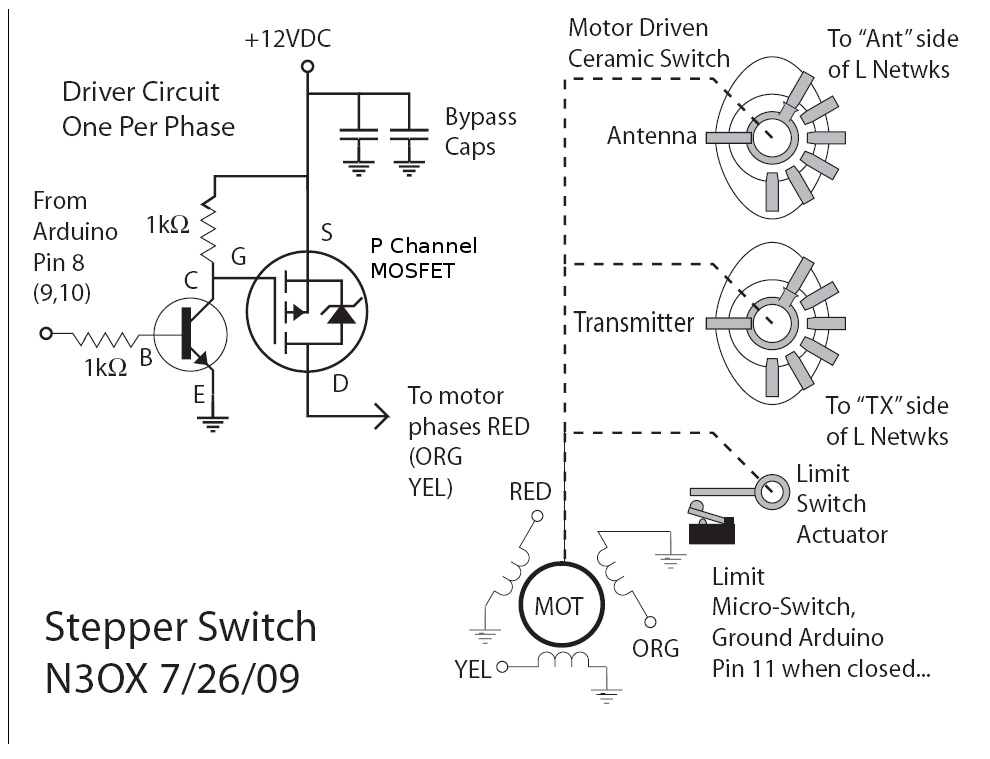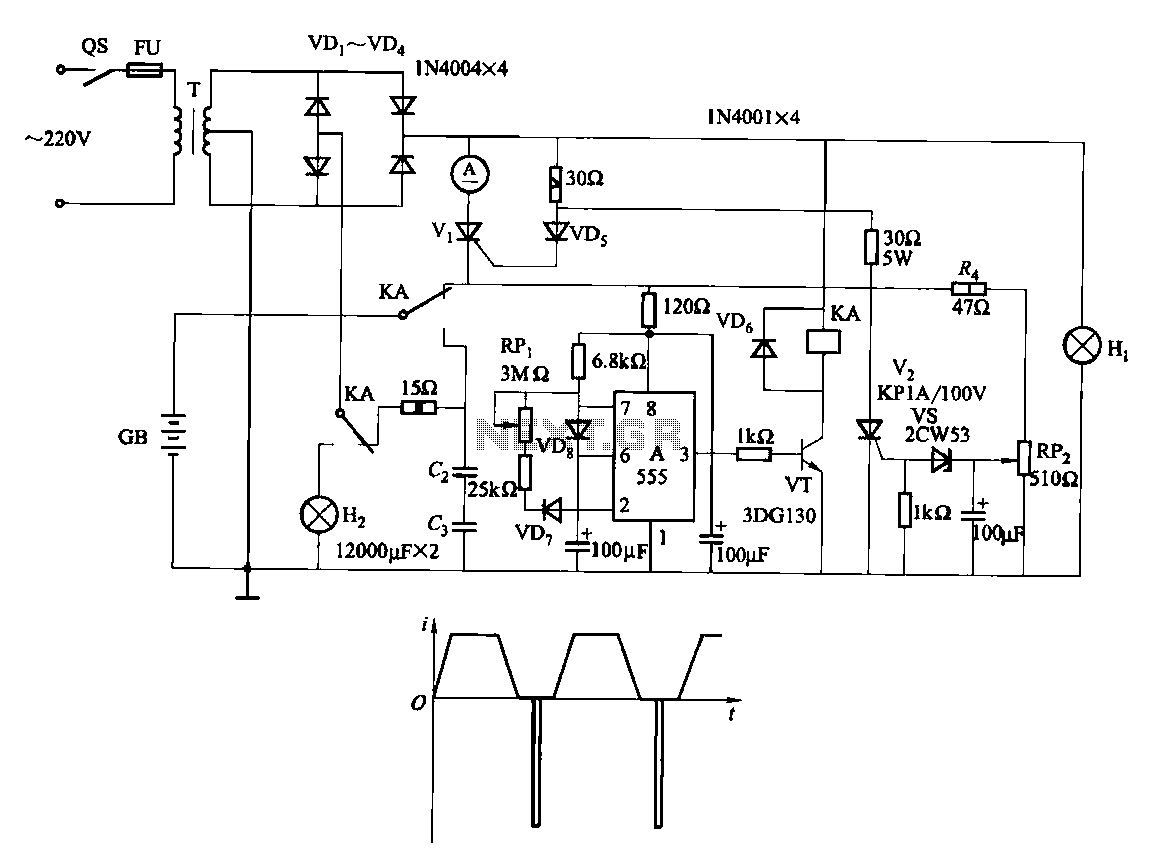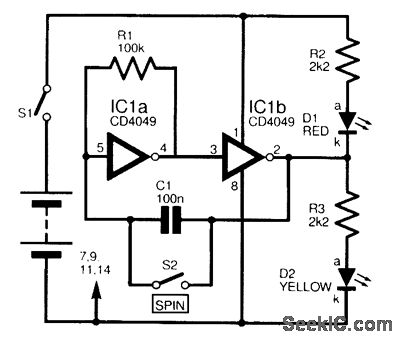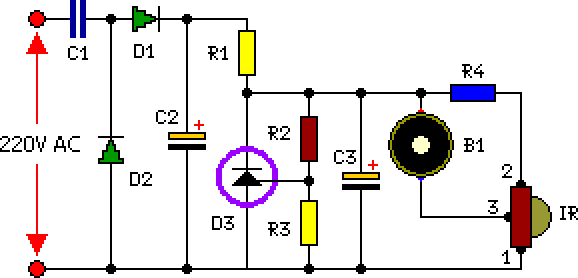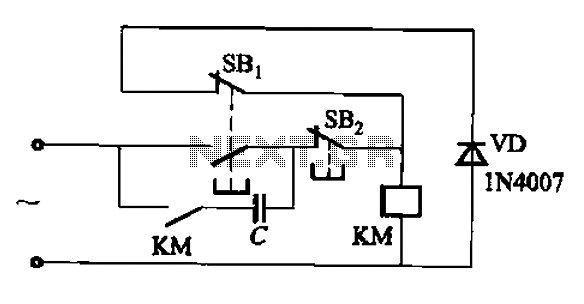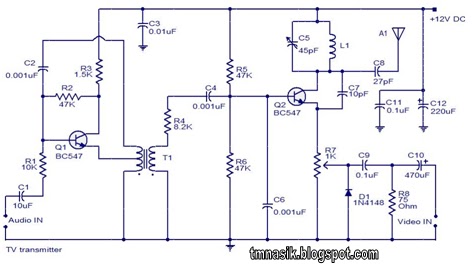
Pulse Generator Circuit

By utilizing a 556 dual timer, with IC1A functioning as a waveshaper and IC1B as a pulse generator, a pulse width range of 10:1 can be achieved. This circuit can be triggered using a sine wave.
The circuit operates on the principle of using a 556 dual timer, which contains two independent timer circuits. IC1A is configured as a waveshaper, transforming the incoming sine wave signal into a square wave. This transformation is essential for generating consistent pulse widths, which are crucial in various applications such as timing and frequency modulation.
IC1B is set up as a pulse generator that takes the output from IC1A. The pulse width generated by IC1B can be adjusted within a 10:1 ratio, allowing for flexibility in the duration of the output pulses. This feature is particularly useful in applications where different timing intervals are required, such as in signal modulation or timing circuits.
The circuit can be triggered by an external sine wave source, which is fed into the input of IC1A. The dual timer's configuration ensures that the output pulse widths can be fine-tuned according to the specific needs of the application. The output can be used to drive various electronic components, such as LEDs, relays, or other digital circuits.
In summary, this 556 dual timer circuit provides a versatile solution for generating pulse widths with a significant range, leveraging the dual functionality of the timer ICs for effective signal processing. By using a 556 dual timer with IC1A acting as a waveshaper and 1C1B as a pulse generator, a 10:1 range of pulse widths can be generated. A sine wave can be used to trigger this circuit. 🔗 External reference
The circuit operates on the principle of using a 556 dual timer, which contains two independent timer circuits. IC1A is configured as a waveshaper, transforming the incoming sine wave signal into a square wave. This transformation is essential for generating consistent pulse widths, which are crucial in various applications such as timing and frequency modulation.
IC1B is set up as a pulse generator that takes the output from IC1A. The pulse width generated by IC1B can be adjusted within a 10:1 ratio, allowing for flexibility in the duration of the output pulses. This feature is particularly useful in applications where different timing intervals are required, such as in signal modulation or timing circuits.
The circuit can be triggered by an external sine wave source, which is fed into the input of IC1A. The dual timer's configuration ensures that the output pulse widths can be fine-tuned according to the specific needs of the application. The output can be used to drive various electronic components, such as LEDs, relays, or other digital circuits.
In summary, this 556 dual timer circuit provides a versatile solution for generating pulse widths with a significant range, leveraging the dual functionality of the timer ICs for effective signal processing. By using a 556 dual timer with IC1A acting as a waveshaper and 1C1B as a pulse generator, a 10:1 range of pulse widths can be generated. A sine wave can be used to trigger this circuit. 🔗 External reference
